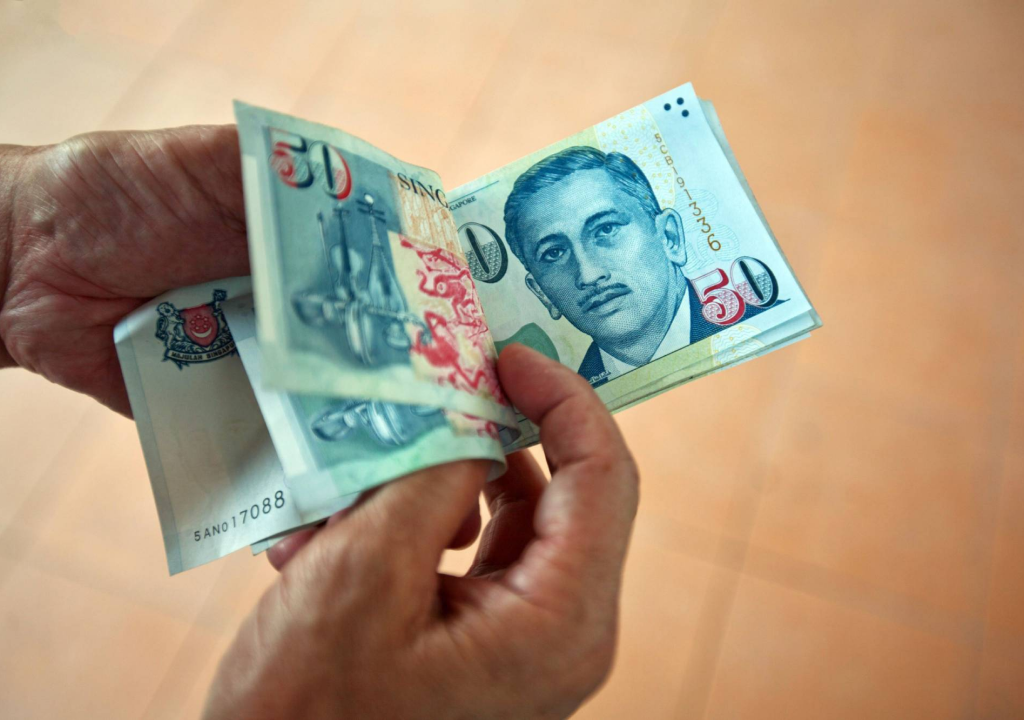Singapore managed to sidestep a recession in 2023, recording a 1.2% growth in gross domestic product (GDP), according to Prime Minister Lee Hsien Loong. Moving into 2024, there is a positive outlook, with GDP growth anticipated to within the range of 1% to 3%, credited to the gradual recovery of major global economies in the latter part of the year.
Despite the global challenges witnessed in 2023, which included slow growth in the US and EU and a gradual economic recovery in mainland China, Singapore’s manufacturing sector persists in grappling with ongoing difficulties. Nevertheless, the outlook remains optimistic as the anticipation of stronger service exports, driven primarily by an upswing in international tourist arrivals, is expected to mitigate the impact of the weakened growth in manufacturing exports.
With the implementation of a 1% increase in Singapore’s Goods and Services Tax from 7% to 8% on January 1, 2023, economic growth has been somewhat dull, leading to an increase in fiscal income expected to be 0.7% of GDP annually.
In his New Year’s speech, Prime Minister Lee described 2023 as a “tough year,” pointing out ongoing global tensions such as those between the US and China, the conflict between Russia and Ukraine, and the division between Israel and Hamas.
The country’s GDP grew in 2023 in large part due to Singapore’s skillful management of the COVID-19. In addition to acknowledging the tireless work of frontline staff and the healthcare industry, Prime Minister Lee expressed optimism about the streets and communities reviving and about the return of tourists.
Despite the fact that inflation is steadily declining, Lee noted that households are nevertheless facing difficulties related to rising living expenses in light of these encouraging statistics. He was upbeat about the influence government aid programs have had in easing household financial strain. Anticipating a less favorable foreign environment for security and prosperity in the upcoming years, he emphasized. This expectation stems from the persistent geopolitical unpredictability on a global scale, localized conflicts, and the intricacies presented by climate change.
Singapore’s electronics industry has promise for the foreseeable future despite current challenges. Due to considerable technological improvements, especially the anticipated rollout of 5G over the next five years, there is a projected spike in demand for electronics. It is anticipated that this advancement would increase demand for 5G smartphones. Furthermore, with the introduction of Industry 4.0, where industrial automation and the Internet of Things contribute to increased demand, it is anticipated that the rise of industrial electronics will accelerate. As manufacturers look to expand their supply chains, Singapore continues to be a desirable location for supply chain diversification, especially in high value-added sectors like semiconductor production.
Pharmaceutical firms are expanding their presence in the biomedical manufacturing sector through the construction of new facilities. The rapid growth in commercial air travel, driven by the reopening of international borders in the Asia-Pacific region, is currently fueling significant expansion in the aircraft engineering industry.
Singapore is well-positioned to uphold its status as a major international financial center, especially in services such as investment banking, wealth management, and asset management. Additionally, the nation is expected to play a substantial role as a regional headquarters and a hub for aviation, shipping, and logistics in the Asia-Pacific region.
However, the ageing population poses a serious long-term threat to the Singaporean economy. In the 2023 Budget, the Finance Minister emphasized that, in the medium to long run, demographic ageing is a major worry. The population of Singapore is ageing at one of the quickest rates in the world; currently, one-sixth of the population is over 65, and by 2030, that number is expected to rise to almost one-quarter. This change in the population is predicted to drive up healthcare and social welfare expenses and could eventually reduce Singapore’s potential GDP growth rate in the long run. As the difficulties grow, fiscal policy in the years to come will be primarily focused on addressing the economic effects of demographic ageing.








